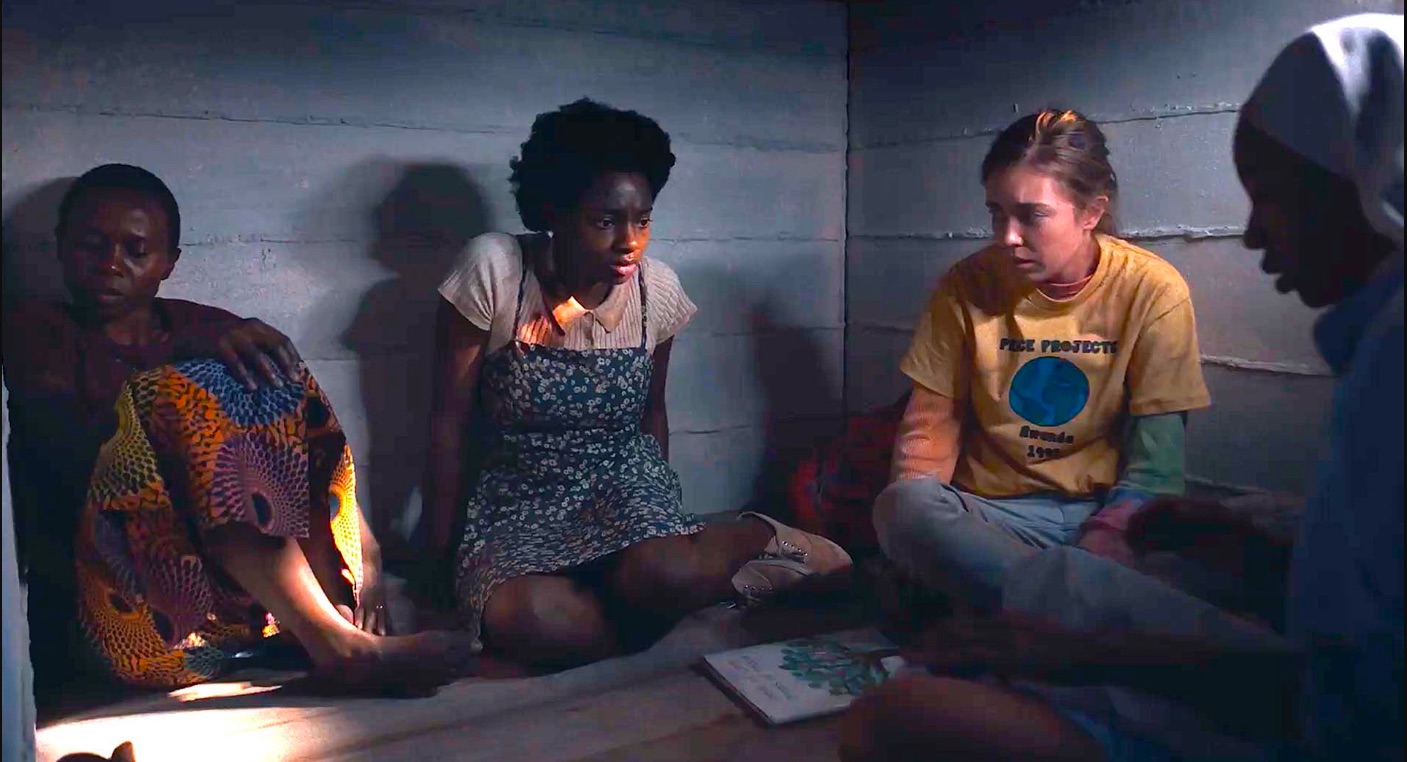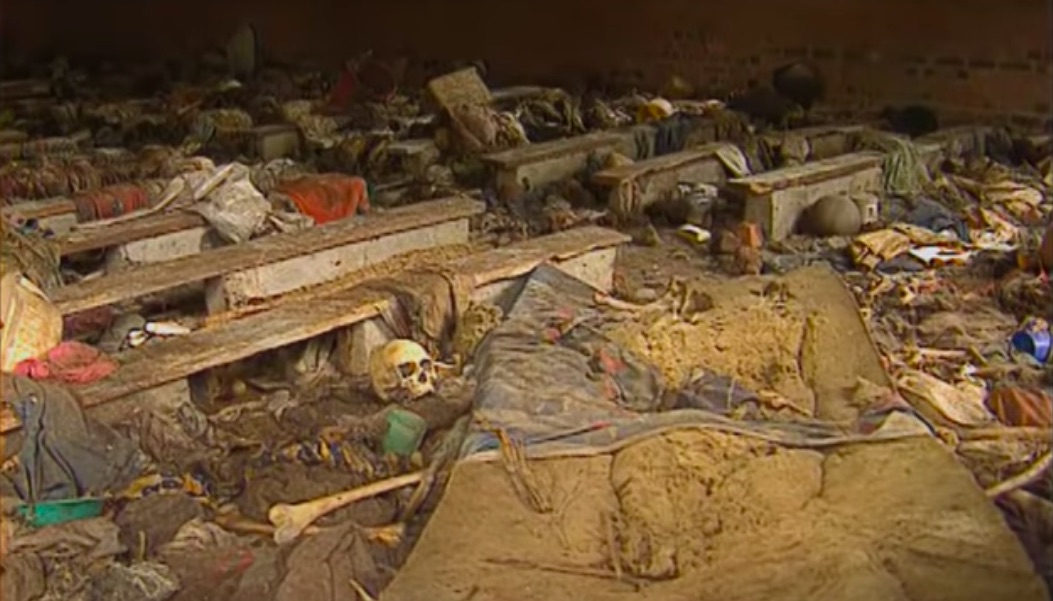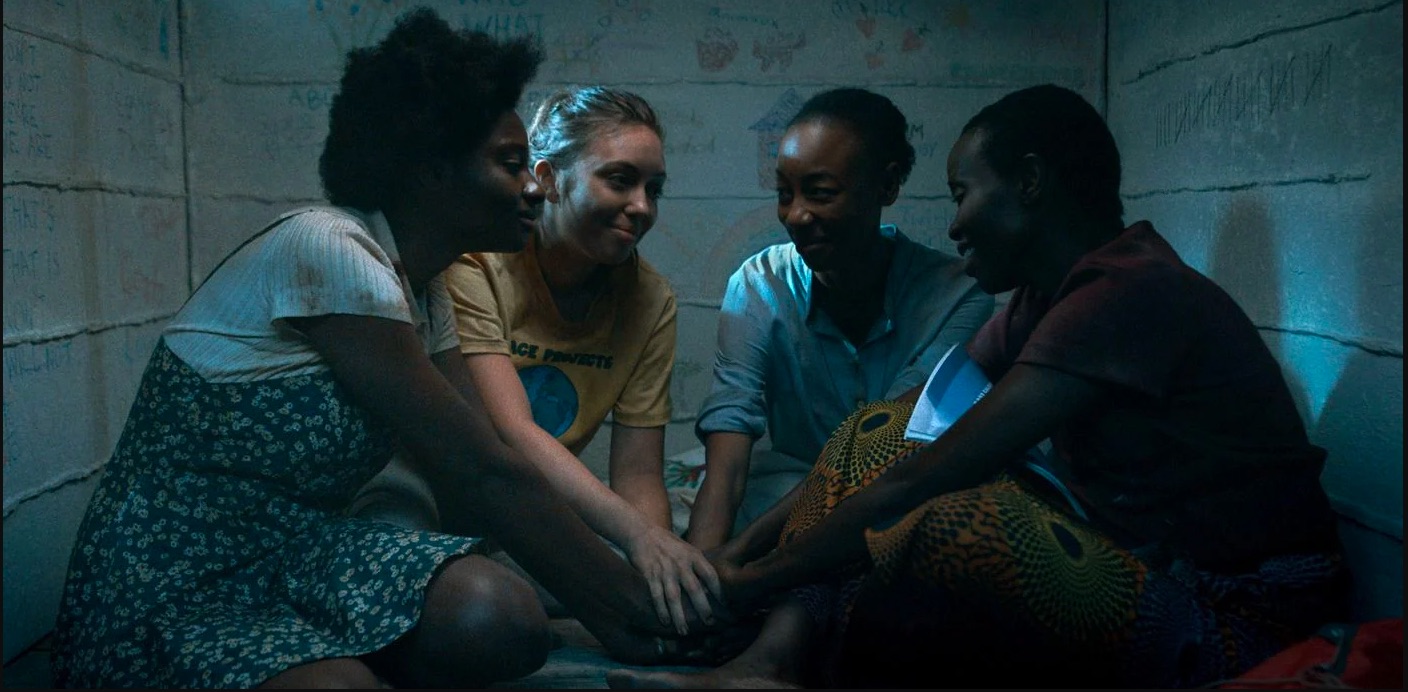Netflix’s ‘Trees of Peace’ follows the story of four women who are sent into hiding when Rwanda falls into a spiral of violence and bloodbath. As the days pass by, the women become more and more hopeless regarding their situation, but they also find strength and comfort in each other. Despite coming from distinct backgrounds and having different beliefs, they bond intimately and help to keep one another alive.
Helmed by Alanna Brown, the film very deeply explores the depths of fear and horror experienced by the women. The violence is spine-chilling, and even though the story is set in 1994, its themes feel very contemporary and true to current times. If you were wondering whether the story of ‘Trees of Peace’ has been pulled from real life, we’ve got you covered.
Is Trees of Peace A True Story?
No, ‘Trees of Peace’ is not based on a true story, but it is inspired by real events. Written and directed by Alanna Brown, the film is set during the Rwandan genocide against the Tutsi in 1994. From April to July, for about a hundred days, the Tutsi minority ethnic group and moderate Hutus were under attack by the Hutu extremist-led government and armed militias. The genocide began a day after the assassination of the Rwandan president, Juvénal Habyarimana. The Hutu soldiers went on a rampage that resulted in the death of over a million people. The victims were torn out of their hiding places and brutally murdered.

Rape and sexual violence were rampant, and a lot of women hid in cramped spaces for weeks, trying not to be discovered. One of the most shocking things about this incident was that despite the whole world knowing what was going on in Rwanda, there was no intervention in trying to save the people. As per reports, the UN came around but purportedly only rescued the white people who were stuck there. Helena Nwitizina, a survivor of the Rwandan genocide, told The Guardian, “…when the killers were looking us in the eye and saying we were going to die what did the UN do? It saved white people.”

For almost a hundred days, Rwandan people had to go through all sorts of horror, the effects of which further rippled into the political environment of the country. The genocide eventually ended with the rebel group Rwandan Patriotic Front (RPF) fighting back. Slowly, they pushed back and ended the bloodbath that left the entire country in shambles. While the premise had been explored in films like ‘Hotel Rwanda,’ nothing came close to capturing the true horror of hiding and survival as most people had experienced during that time.
Writer-director Alanna Brown had the idea of writing ‘Trees of Peace’ after she interviewed the founder of an organization devoted to the rehabilitation of women survivors in Rwanda. As Brown dug into the history of the country, more and more stories of women came out, and she was captivated by the ordeal that these people went through and survived. Talking about the film in an interview with This Is For Reel at the Peoria Film Festival, she said, “I was so gripped by the will to survive such a harrowing ordeal, without food, without water, sometimes without shelter, hiding in the most extreme circumstances you could possibly imagine and hanging on to life.”
Brown brought four characters into the story, all of whom came from different faiths and backgrounds, to capture the diverse experiences of women in a single frame. The idea of setting it inside a closed space was to depict the isolation of the women while making the audience feel their claustrophobia. It was also a financially viable choice due to the limited budget of the film. To get a better sense of the story, Brown visited Rwanda in 2019 and talked with some survivors.
While working on her feature directorial debut, Brown also visited several memorial sites and got to have a conversation with the perpetrators. The visit also allowed her to get in touch with the local film community, allowing her to add Rwandan actors to the cast. Another thing that Brown noticed about the country was the fact that Rwanda rebuilt itself with more female representation in the government.
After the genocide, the participation of women in the Rwandan government went up to 56% from 18%, the highest in any country in the world. Brown found this very inspiring, and it compelled her even more to tell the story of such courageous women. Considering the aforementioned points, we reiterate that even though ‘Trees of Peace’ is driven by a fictional narrative, it celebrates the true bravery and perseverance of the Rwandan people and pays respects to all those whose lives were affected by the genocide.
Read More: Where Was Netflix’s Trees of Peace Filmed?


You must be logged in to post a comment.